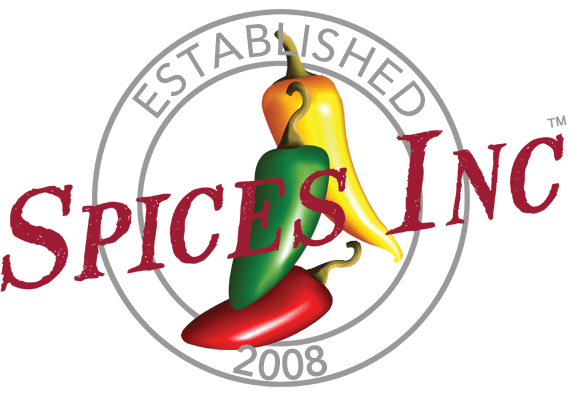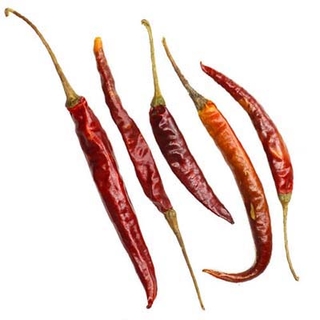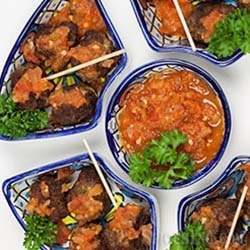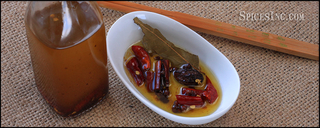De Arbol Chiles
De Arbol Chiles
De Arbol Chiles, Capsicum annuum, are hot chiles that measure 15,000-30,000 SHU (Scoville Heat Units). They are also called chile de arbol.
These small, slender Mexican chile peppers are approximately 2-3 inches in length and ½ inch wide at the shoulder, tapering to a point at the end. De Arbol Chiles retain their ripe red color as they dry, making them popular as decorative Mexican wreaths called ristras.
There are approximately 50 De Arbol Chiles per ounce. We also have De Arbol Chile Powder available.
De Arbol Chiles are popular with American, Mexican, and middle eastern restaurants; sauce, honey, condiment, bitters, and syrup manufacturers; independent spice shops; and breweries.
1 whole De Arbol Chile is approximately equal to 1/2 teaspoon De Arbol Chile Powder.
Flavor Profile
De Arbol Chiles taste grassy and nutty with smoky, acidic heat.
Heat Level
We consider these to be hot chiles since they measure between 15,000-30,000 SHU (Scoville Heat Units).
How to Use
De Arbol Chiles are traditionally used in Mexican cuisine, but their clean heat makes them suitable for use in Thai, Chinese, or Indian food as well. This little chile is excellent for any recipe that requires a kick because it’s hot enough to spice things up but won’t set off smoke alarms. They make a great addition to marinades, soups, salsas, and of course, hot sauces. Add them to heat up this spicy tomato Albondigas - Spanish Meatballs tapas dish. De Arbol Chiles are also popular in infusions like hot honey, vinegar, or Sichuan Red Chili Oil.
De Arbol Chiles pair well with ginger, cumin, garlic, galangal, coconut, citrus, cheeses, cilantro, shallots, turmeric, and fruit.
| Also Called | Chiles de arbol |
| Species | Capsicum annuum |
| Ingredients | De arbol chiles |
| Flavor Profile | Grassy and nutty with smoky, acidic heat |
| Scoville Heat Units | 15,000-30,000 SHU |
| Recommended Uses | Marinades, soups, salsas, hot sauces, infusions, spice rubs, seasoning blends, and oils |
| Cuisine | Mexican, New Mexican, Southwestern, Thai |
| How To Store | Airtight container in a cool, dark place |
| Shelf Life | 1-2 Years |
| Country of Origin | Mexico |
Nutrition Facts
Serving Size1 chile, 0.8g
Amount Per Serving
Calories3
% Daily Value*
Total Fat0g0%
Saturated Fat0g0%
Trans Fat0g
Polyunsaturated Fat0g
Monounsaturated Fat0g
Cholesterol0mg0%
Sodium0.3mg0%
Total Carbohydrate0.5g0%
Dietary Fiber0.0g0%
Total Sugars0.4g
Added Sugars0g0%
Sugar Alcohol0.0g
Protein0.1g0%
Vitamin D0mcg0%
Calcium1mg0%
Iron0mg0%
Potassium0mg0%
*The % Daily Value (DV) tells you how much a nutrient in a serving of food contributes to a daily diet. 2,000 calories a day is used for general nutrition advice. These values were calculated and therefore are approximate. For more accuracy, testing is advised.





